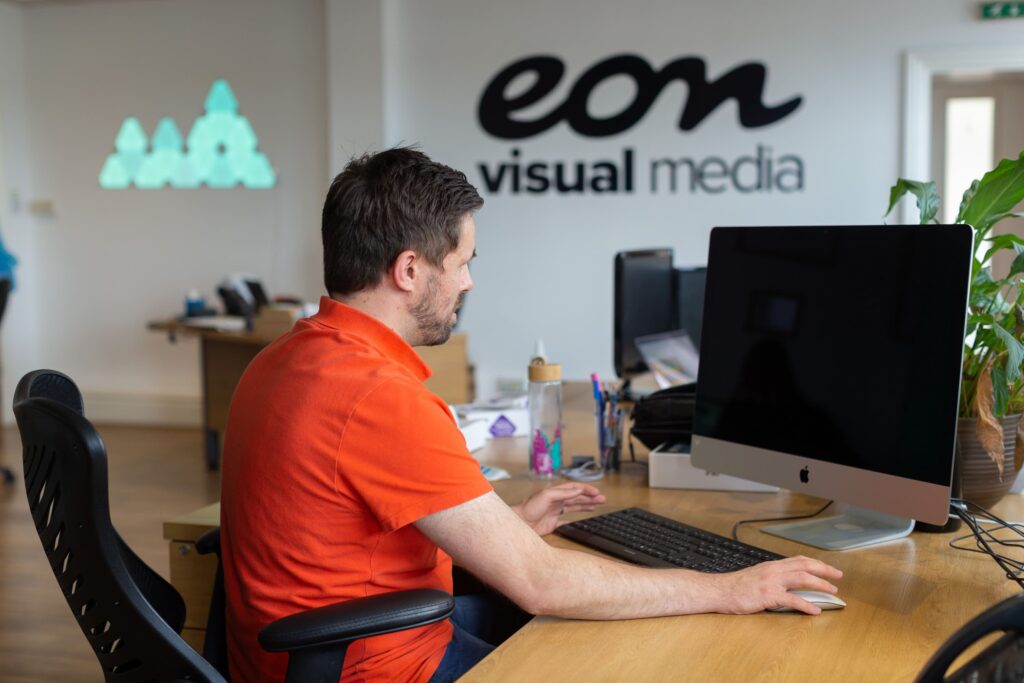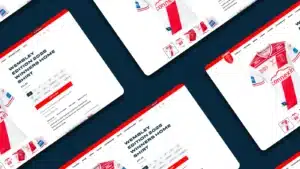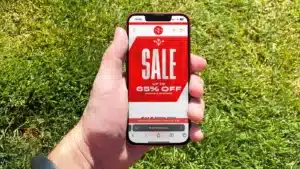The healthcare space has a growing need for more visually engaging and interactive content, like 3D medical animations, for use in internal and external training, education, and marketing. For several years, we have observed a decline in traditional tools and a rise in the use of visual learning assets to reach a broader and more diverse audience.
Within this blog, we’re going to discuss how 3D medical animations can make learning easier, both internally (in training and sales) and externally (in marketing and patient communications).
Table of Contents
Visual Learning Enhances Retention
There’s increasing evidence that shows visual 3D animations have a positive impact on information retention because visuals can make information more memorable, allowing individuals to better grasp and recall the material later on.
A 2021 study found that pre-operative patients retain only about 20% of the information provided during their consultations. Two primary factors contribute to this low retention rate: 1) poor literacy skills and 2) an overwhelming amount of information. To improve long-term retention, it is essential to implement effective methods. One simple solution is to create 3D medical animations that patients can revisit anytime and anywhere.
Simplify the Complex
3D medical animations are an innovative and highly effective solution to simplifying complex medical information, including terminology, pre-operative information, surgical procedures, product usage, anatomical structures, and disease progression. Combining dynamic visuals and key information makes medical animations easily comprehensible, encouraging two-way communication in healthcare settings.
3D medical animations are an invaluable tool for medical professionals, patients, sales teams, training teams, and marketers. They can be deployed in a variety of environments including Universities, hospitals, and social media.
The evolution of animations addresses the limitations of traditional tools – 2D animations typically rely on static images and physical models, where 3D medical animations utilise advanced graphics and models to highlight realistic and detailed structures or procedures. 3D animations can be zoomed in from different angles and be manipulated to show different levels of disease progression, or medicine effectiveness.

Overcoming Barriers
Animations transcend language or hearing barriers – their visual properties are their primary method of communication. Because of this, they have a more global appeal. Of course, all marketing or communication assets can be translated, but this is made a lot simpler with a 3D animation. They are more demonstrative and visual which is easier to comprehend, and less likely to be misunderstood, than traditional tools.
According to the National Literacy Trust, 18% of adults in England have very poor literary skills, which has historically been an issue with traditional forms of learning, such as leaflets. 3D medical animations help to tackle this issue, providing effective and informative visuals to those with hidden disabilities. They can be accessed any time, and are more likely to encourage understanding and comprehension. As well, they give access to information without visiting the hospital, reducing geographical or physical barriers to learning.
As well as barriers to comprehension, there can also be barriers to learning in educational environments. Evidence shows that 3D medical animations help students internalise learning through interactivity. Understanding more complex information is conducive to improving long-term memory, encouraging meaningful learning.
A Cost-Effective, Long-Term Solution
Although 3D medical animations are likely to have a higher upfront cost than other assets, they also have a high ROI. They can be used across platforms and across services, including education, training, patient-facing, marketing, and sales. Bridging the gap between theory and practice can be a complex task, but deploying 3D animations can be an effective solution, reducing the need for physical teaching aids.
3D assets lend themselves to other innovative opportunities, like AR and VR, which are a further step in learning, immersion, education, and training.
How 3D Medical Animations Make Learning Easier
The goal of 3D medical animations is to facilitate learning, communication and training. They’re particularly effective in reducing barriers, and enhancing information retention through making complex information more digestible and comprehensible.
3D medical animations are a much more innovative solution than traditional forms of communication, and can be used in internal and external marketing and training.
Create a 3D medical animation with our talented team, and transform your medical ideas into high-quality, engaging assets!


